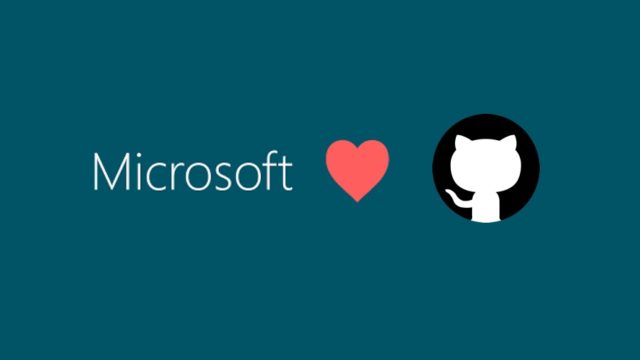
Cyber-criminals are getting more bold day by day, a new report from IBM shows this, indicating that the number of records breached in 2016 has increased by 556% compared to the previous year, hitting a huge 4 billion mark.
According to the IBM’s 2017 X-Force Threat Intelligence Index, on top of 4 billion records which ended up on Internet last year, there are 10,000 software vulnerabilities documented in the same year, which is the highest number for a single year in the 20 years it has published its report.
The report also takes numerous cybercrime trends into account, including the high tide of spam messages. The IBM’s data shows Spam was up by 400% in 2016, and 44% of these messages contained malicious attachments, most of these are ransomware. In fact, about 85% of the attachments fall into the category of malware which tries to lock people’s computers and offering a decryption key only to those who pay a ransom.
Another new trend noticed by the IBM regards the targetted attacks on unstructured data. In past years data breaches used to focus on various structured information sets, like credit card data, personal health information, passwords and so on, 2016 saw a huge shift. In fact, hundreds of gigabytes of documents, email archives, intellectual property and source code were targeted by criminals and exposed along with all the other data which we have become “accustomed” to.
“The cybercriminals continued to innovate in 2016 as we have seen some new things like ransomware move from a nuisance to an epidemic. While the volume of these records compromised last year researched the historic highs, we also see this shift to unstructured data as a seminal moment,” said Caleb Barlow, VP of the threat intelligence for IBM Security.
The top field targeted by criminals was the financial one, which managed to dethrone healthcare, the number 1 affected field in 2015.
